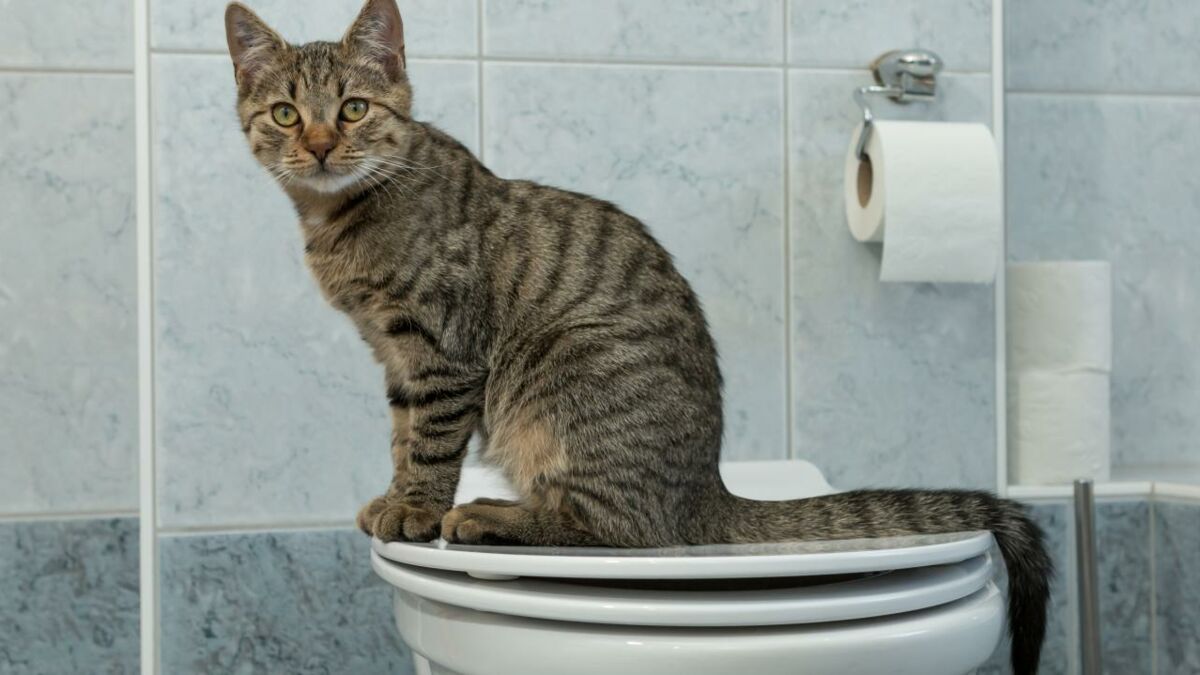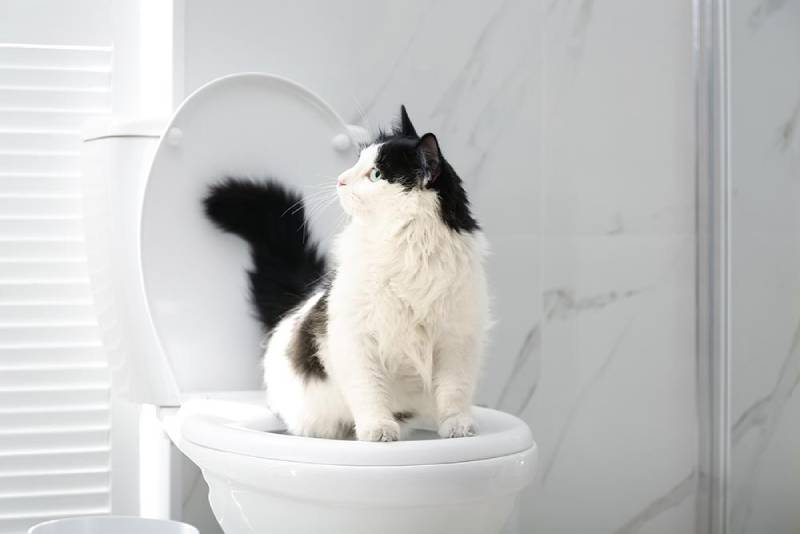Reasons Flushing Cat Poop Down Your Toilet Isn't a Good Idea - Advice for Safer Disposal
Reasons Flushing Cat Poop Down Your Toilet Isn't a Good Idea - Advice for Safer Disposal
Blog Article
What're your beliefs on How to Dispose of Cat Poop and Litter Without Plastic Bags?

Intro
As cat owners, it's vital to be mindful of exactly how we take care of our feline buddies' waste. While it might appear convenient to flush feline poop down the commode, this practice can have harmful effects for both the setting and human wellness.
Alternatives to Flushing
Thankfully, there are much safer and a lot more accountable means to take care of pet cat poop. Take into consideration the adhering to choices:
1. Scoop and Dispose in Trash
One of the most common method of dealing with cat poop is to scoop it right into a biodegradable bag and throw it in the garbage. Make sure to make use of a dedicated litter scoop and deal with the waste quickly.
2. Usage Biodegradable Litter
Go with eco-friendly pet cat clutter made from products such as corn or wheat. These clutters are environmentally friendly and can be securely disposed of in the garbage.
3. Hide in the Yard
If you have a backyard, take into consideration hiding feline waste in an assigned area away from veggie gardens and water sources. Be sure to dig deep enough to prevent contamination of groundwater.
4. Install a Pet Waste Disposal System
Buy a pet dog garbage disposal system particularly designed for pet cat waste. These systems utilize enzymes to break down the waste, minimizing smell and ecological effect.
Health and wellness Risks
In addition to ecological worries, flushing cat waste can also posture health and wellness dangers to humans. Pet cat feces might include Toxoplasma gondii, a parasite that can trigger toxoplasmosis-- a potentially extreme health problem, particularly for pregnant females and individuals with weakened body immune systems.
Environmental Impact
Purging pet cat poop introduces harmful virus and bloodsuckers into the water, positioning a significant threat to marine ecological communities. These pollutants can negatively affect marine life and concession water quality.
Verdict
Accountable pet ownership extends past offering food and shelter-- it additionally includes correct waste administration. By avoiding flushing pet cat poop down the bathroom and going with alternate disposal approaches, we can minimize our ecological footprint and secure human health.
Why Can’t I Flush Cat Poop?
It Spreads a Parasite
Cats are frequently infected with a parasite called toxoplasma gondii. The parasite causes an infection called toxoplasmosis. It is usually harmless to cats. The parasite only uses cat poop as a host for its eggs. Otherwise, the cat’s immune system usually keeps the infection at low enough levels to maintain its own health. But it does not stop the develop of eggs. These eggs are tiny and surprisingly tough. They may survive for a year before they begin to grow. But that’s the problem.
Our wastewater system is not designed to deal with toxoplasmosis eggs. Instead, most eggs will flush from your toilet into sewers and wastewater management plants. After the sewage is treated for many other harmful things in it, it is typically released into local rivers, lakes, or oceans. Here, the toxoplasmosis eggs can find new hosts, including starfish, crabs, otters, and many other wildlife. For many, this is a significant risk to their health. Toxoplasmosis can also end up infecting water sources that are important for agriculture, which means our deer, pigs, and sheep can get infected too.
Is There Risk to Humans?
There can be a risk to human life from flushing cat poop down the toilet. If you do so, the parasites from your cat’s poop can end up in shellfish, game animals, or livestock. If this meat is then served raw or undercooked, the people who eat it can get sick.
In fact, according to the CDC, 40 million people in the United States are infected with toxoplasma gondii. They get it from exposure to infected seafood, or from some kind of cat poop contamination, like drinking from a stream that is contaminated or touching anything that has come into contact with cat poop. That includes just cleaning a cat litter box.
Most people who get infected with these parasites will not develop any symptoms. However, for pregnant women or for those with compromised immune systems, the parasite can cause severe health problems.
How to Handle Cat Poop
The best way to handle cat poop is actually to clean the box more often. The eggs that the parasite sheds will not become active until one to five days after the cat poops. That means that if you clean daily, you’re much less likely to come into direct contact with infectious eggs.
That said, always dispose of cat poop in the garbage and not down the toilet. Wash your hands before and after you clean the litter box, and bring the bag of poop right outside to your garbage bins.
https://trenchlesssolutionsusa.com/why-cant-i-flush-cat-poop/

I came across that post about Don’t flush cat feces down the toilet when doing a search on the web. Enjoyed our piece? Please share it. Help someone else locate it. I take joy in reading our article about How to Dispose of Cat Poop and Litter Without Plastic Bags.
Call Today Report this page